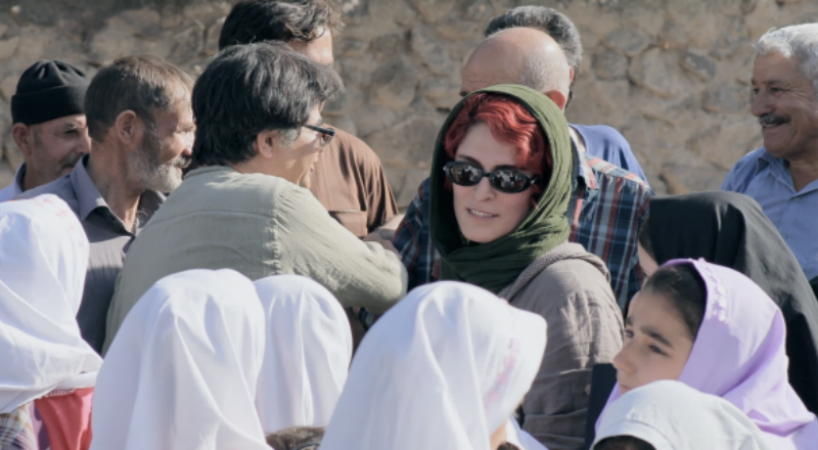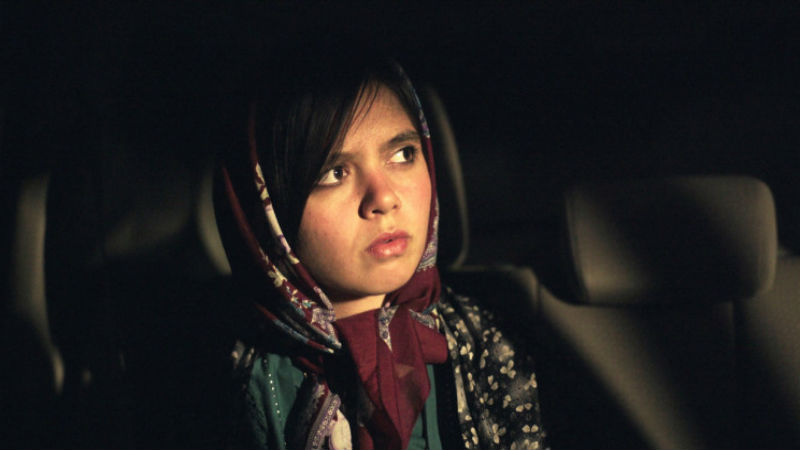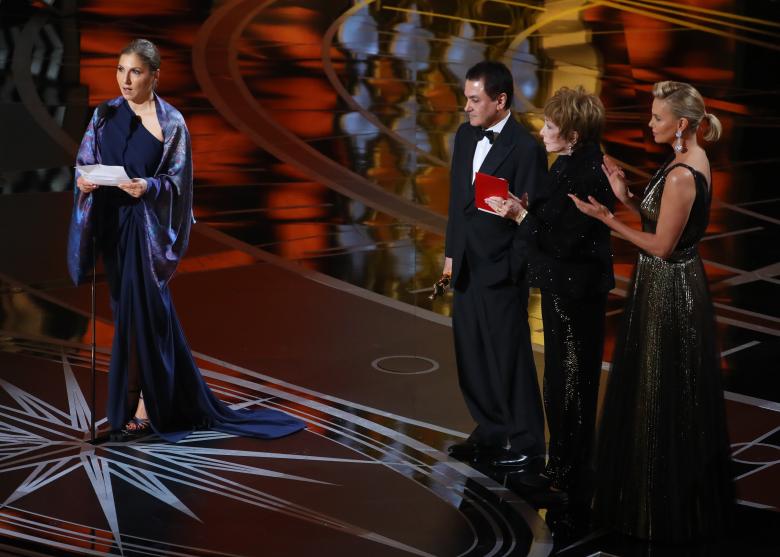QUICK SNAP: LIVE FROM TALLINN
It seems that Iranian director Abed Abest’s sophomore feature, Killing the Eunuch Khan is without a story. Or there’s some semblance of plot that surrenders to abstraction and the dreamlike.
Set during the Iran-Iraq war, a father leaves his two daughters home alone. In his absence there’s a bombing raid, and when a bomb lands in the garden of their house near the border, reality is torn apart.
The easiest way to describe Abest’s film is to compare it to the space between the conscious and semi conscious state, when strange sequences of images are constructed in our mind. We are aware that they make no sense, and unsure of their origins. In this context, Killing the Eunuch Khan is trying to tap into an ethereal kind of energy, but at an 110 minutes, the director forgoes brevity and his film becomes a test of one’s patience.
Part horror, it recalls the scene of blood flooding the lobby of the hotel in Stanley Kubrick’s The Shining (1980). Whereas horror often uses the shadows to represent danger, Abest’s film is haunted by a stream of red blood. The colour however, connects it to other works in the genre, for example Dario Argento’s Suspiria (1977). The recurring stream of blood that stalks the characters and encroaches on their space is one of the memorable parts of the film.
The strength of Killing the Eunuch Khan is its aesthetic, the director showing his technical skill with lighting and cinematography. The execution also possesses a theatrical staging, where characters are heard talking offscreen, scenes are framed in a single wide shot. Similar to live performances of plays and opera, it asks the audience to be active collaborators and see the staging not for what it is, but what it wants to represent. It’s weakness however, is that it risks being received as indulgent filmmaking.
A question in this critique is where do we draw the line between indulgence and what cinema can be? It’s a relevant question because the current form of cinema represses this type of film. The mainstream propagates the desire for stories as neat and tidy three act constructs, that abstract, experimental and dreamlike cinema subvert.
The eventual question is whether Abest is pushing at the boundaries to expand the potential of the film form, or has he been seduced by the dream aesthetic to his detriment? The beauty of David Lynch’s surreal, dreamlike and puzzle box films, is that there were ideas and themes, but here there seems to be none. It’s a dream that could only seem real if we were the dreamer, but we’re not. A deeply subjective work, Killing the Eunuch Khan in moments showcases a seductive aesthetic, but its lack of substance leaves it a challenging film to engage with, beyond superficial admiration.
Killing the Eunuch Khan plays in the Official Competition section of the Tallinn Black Nights Film Festival.











